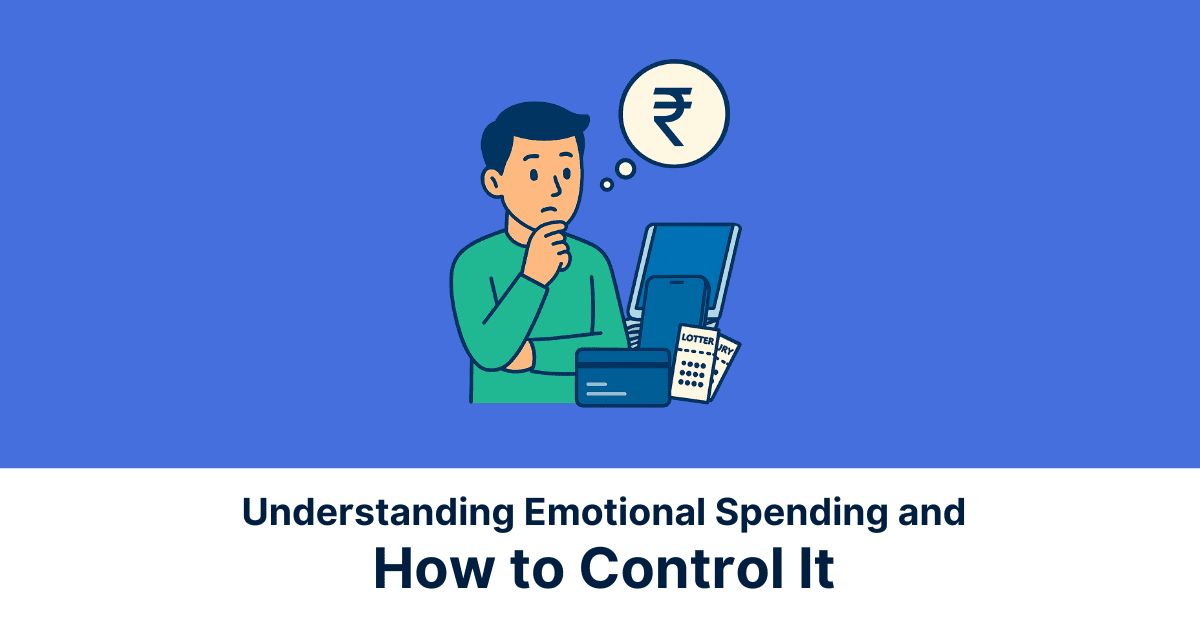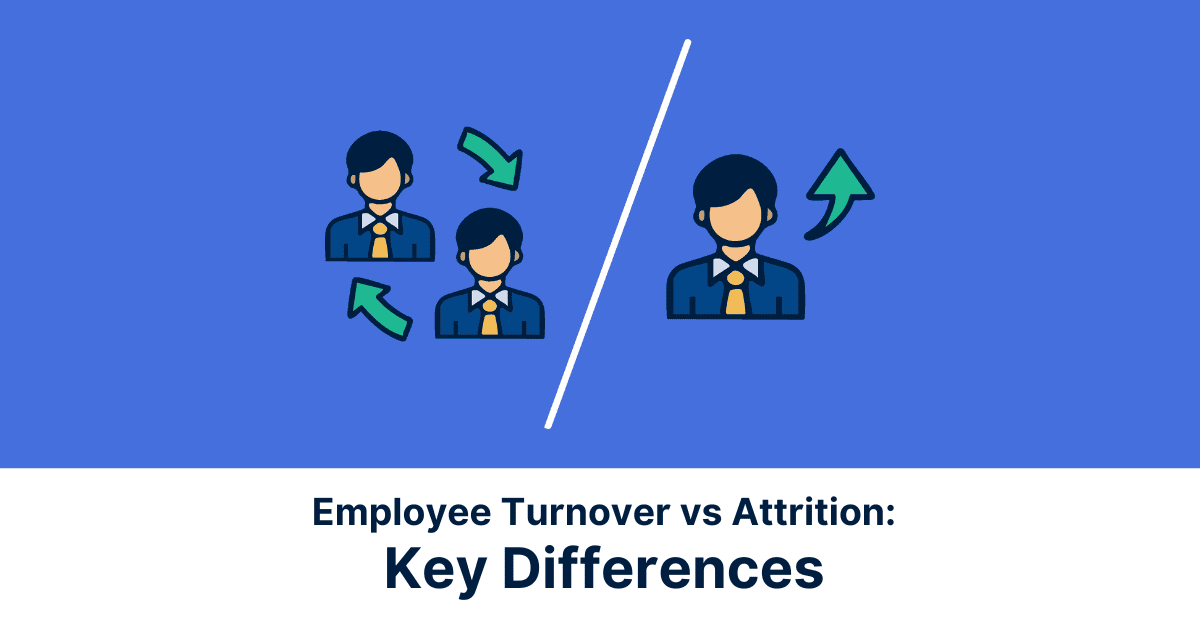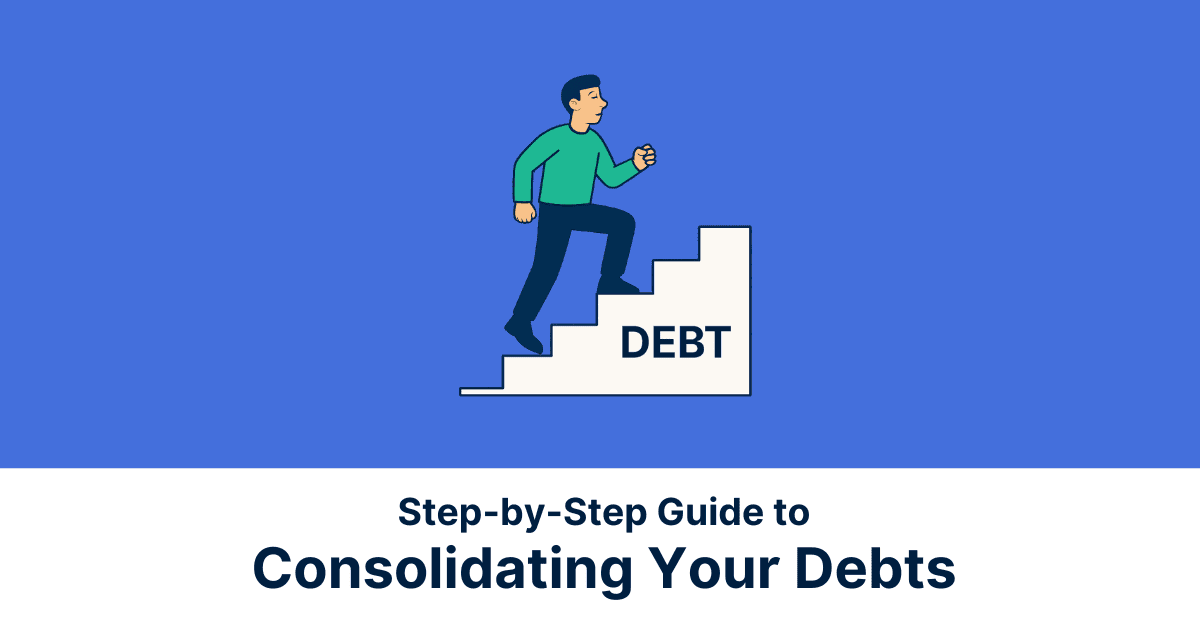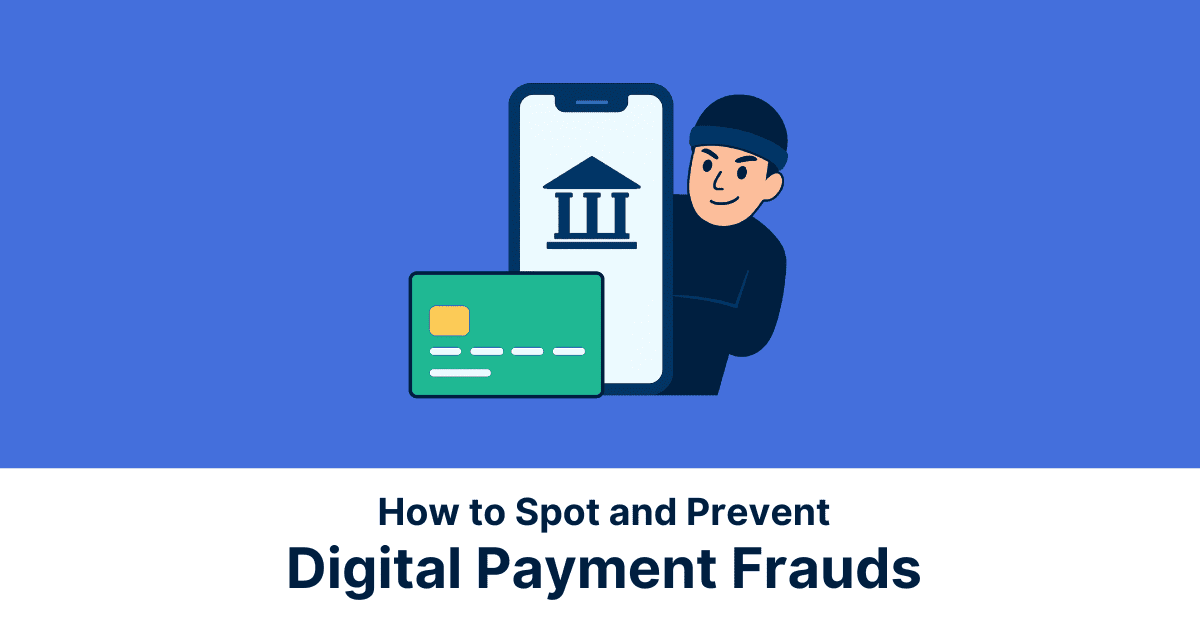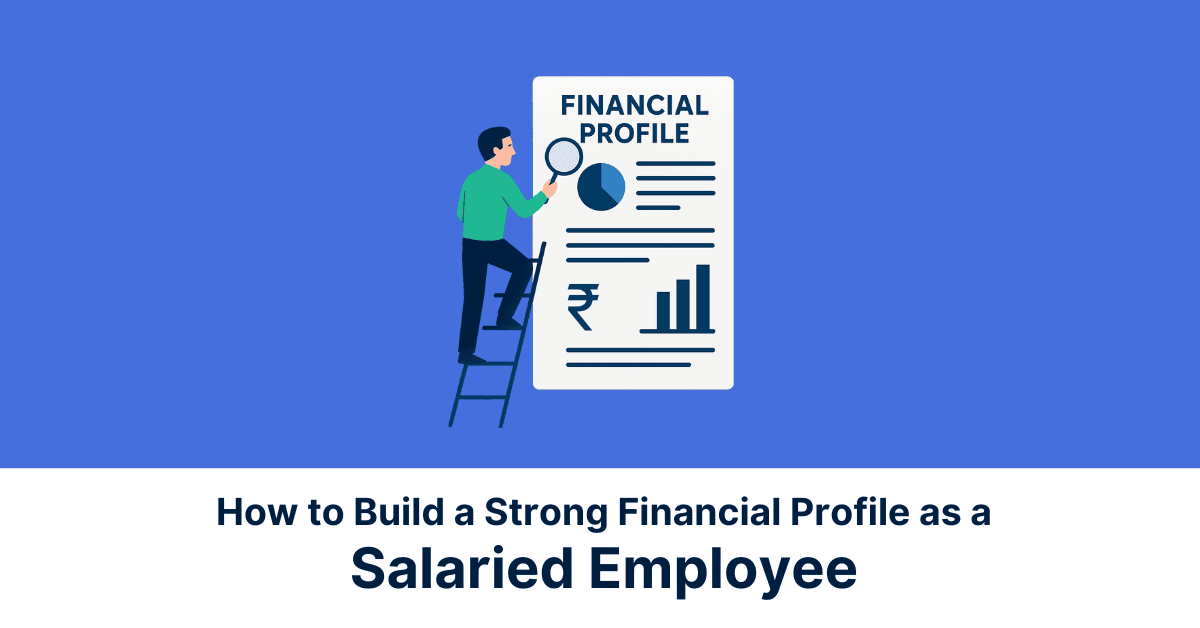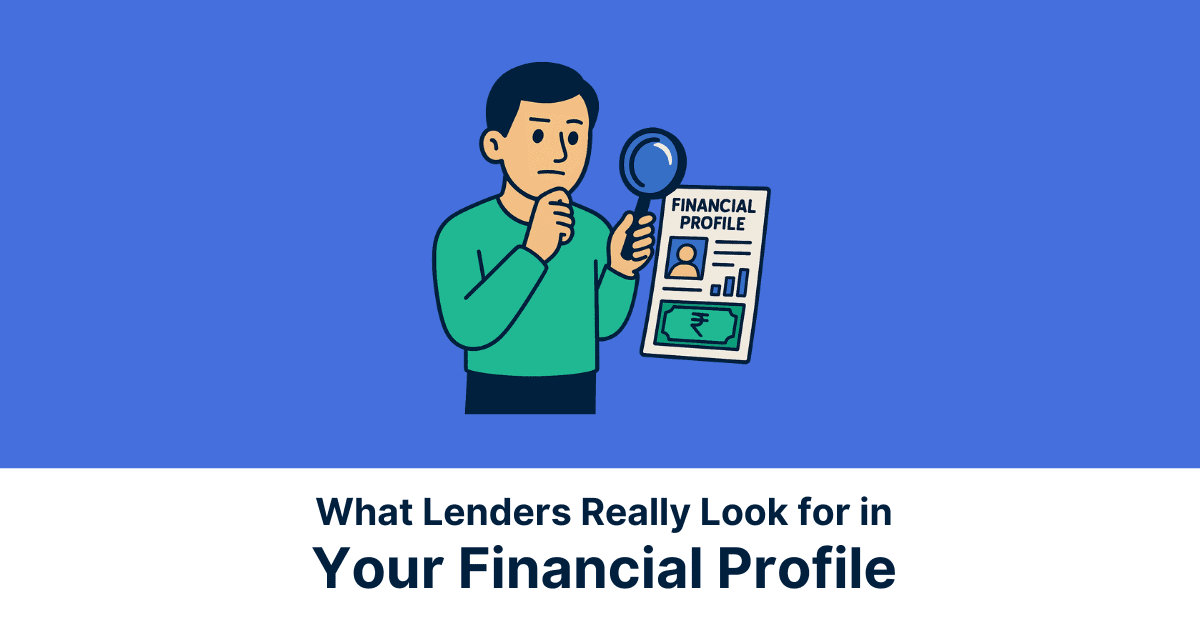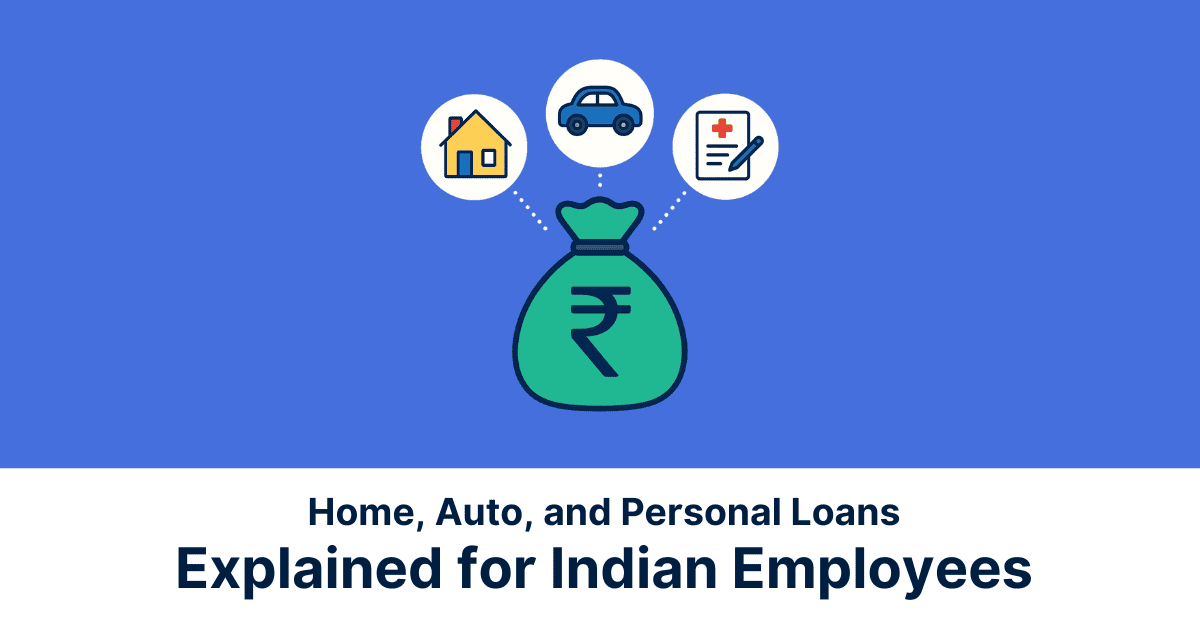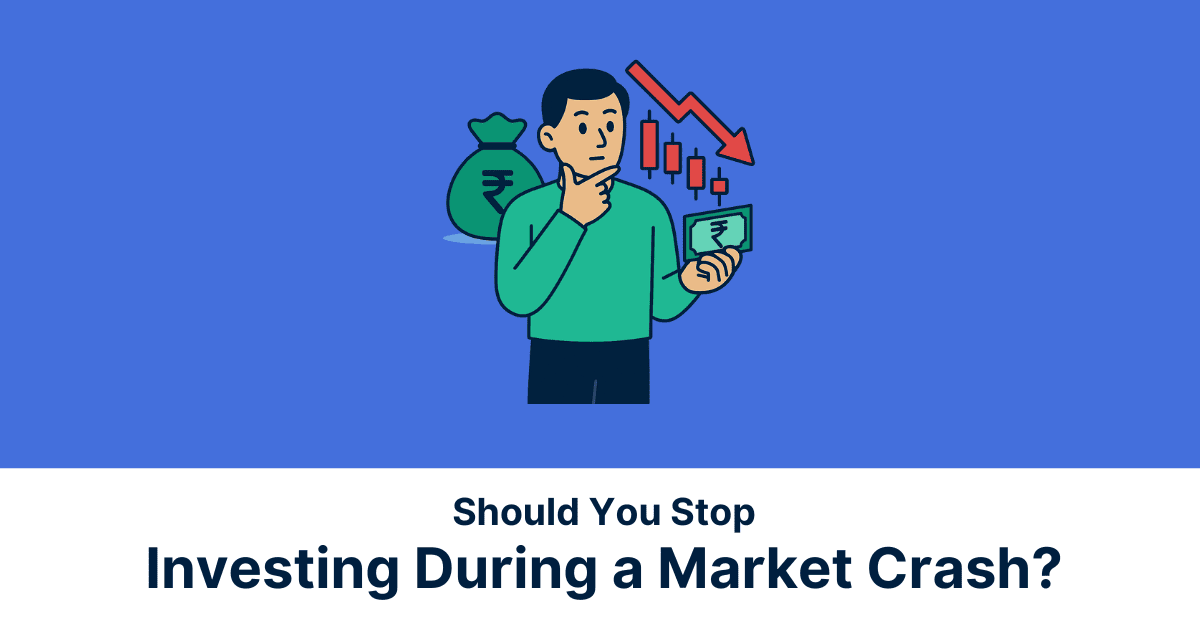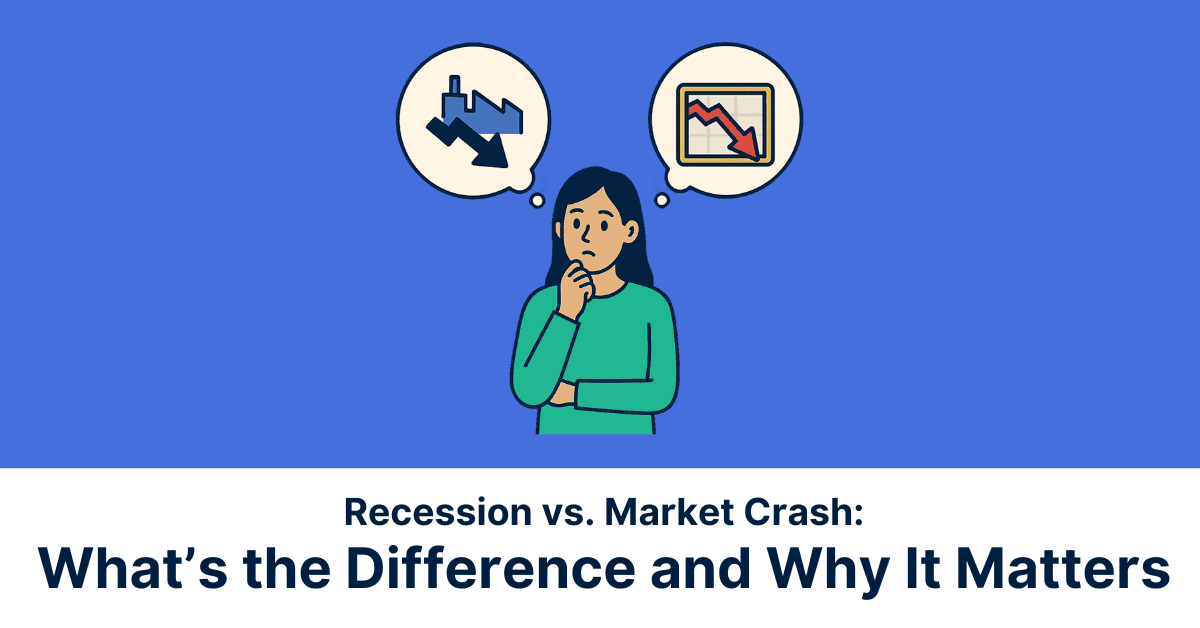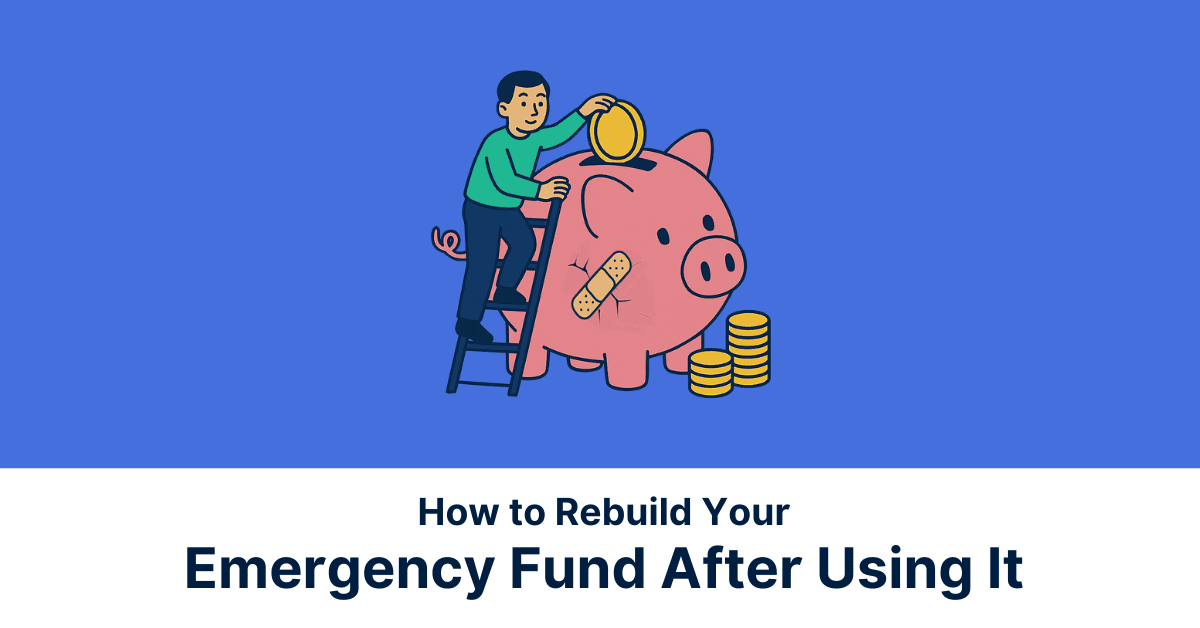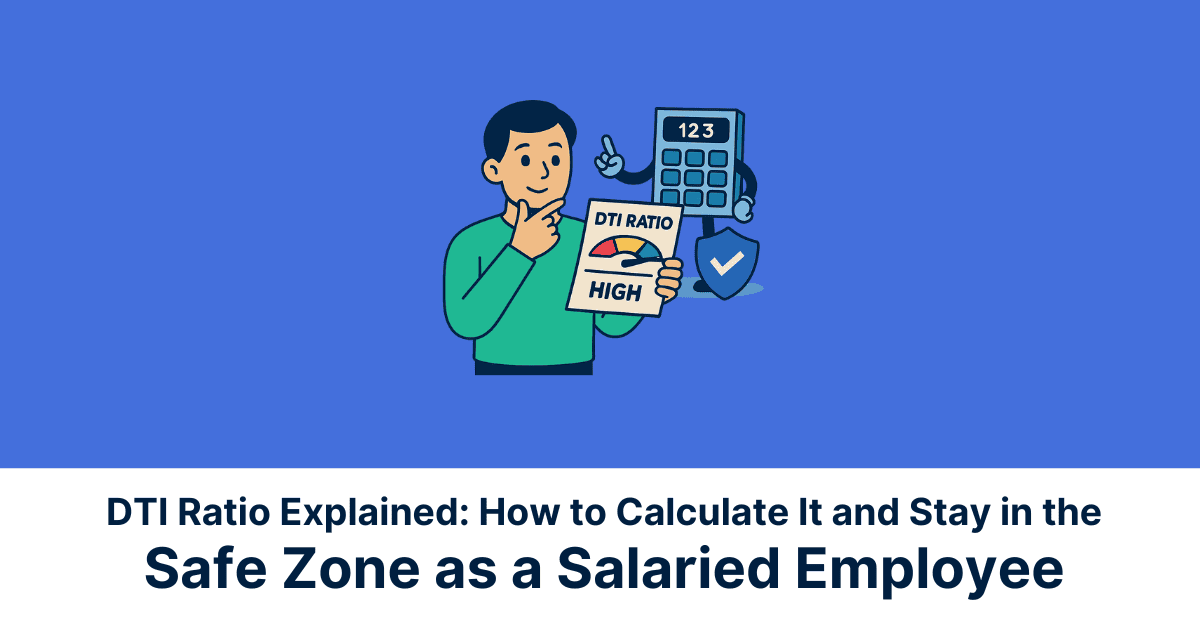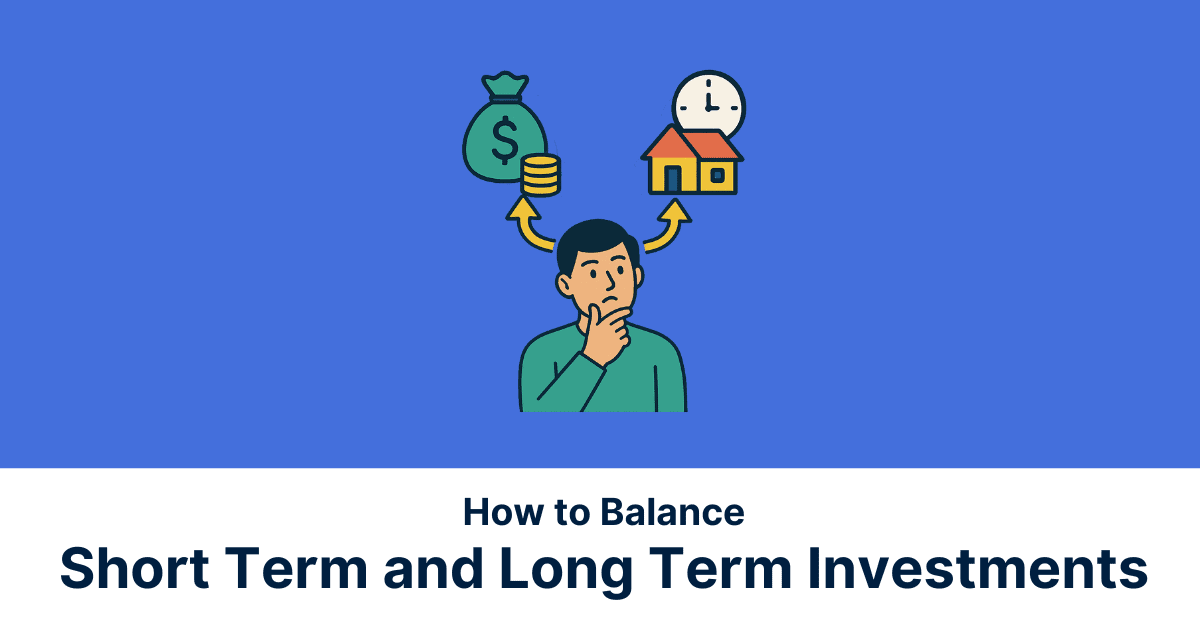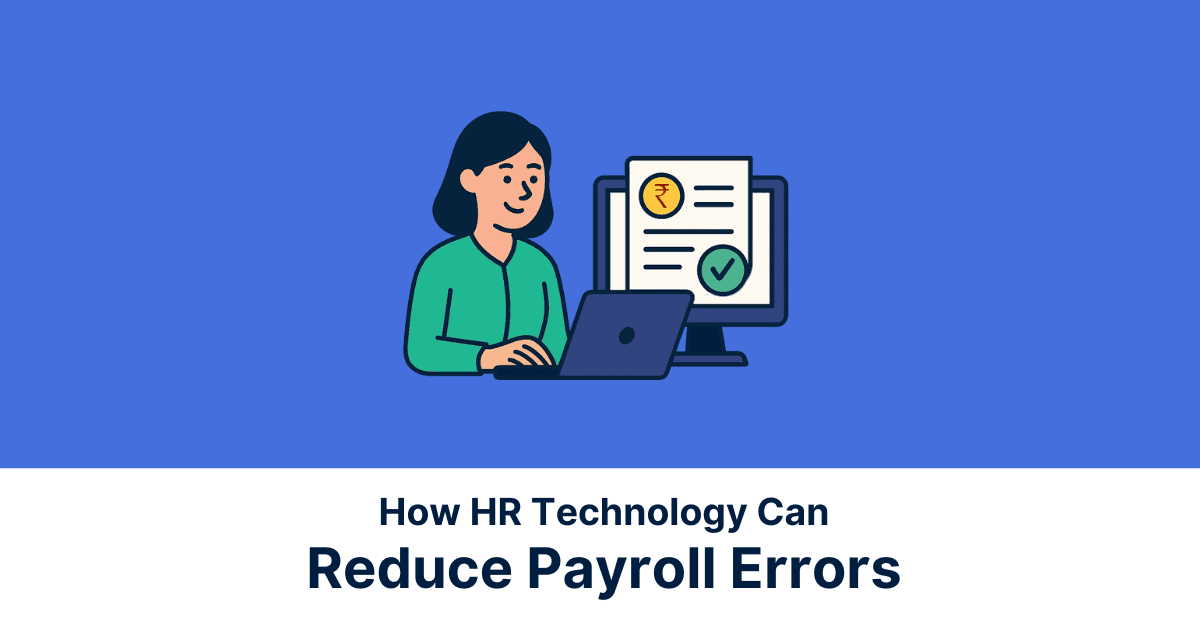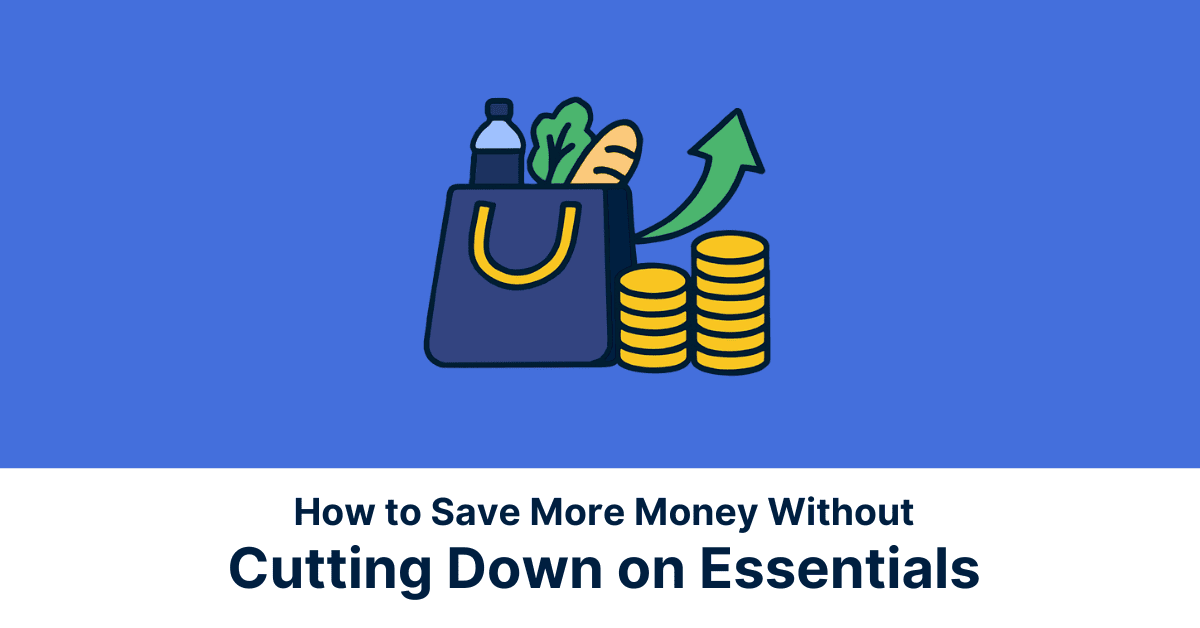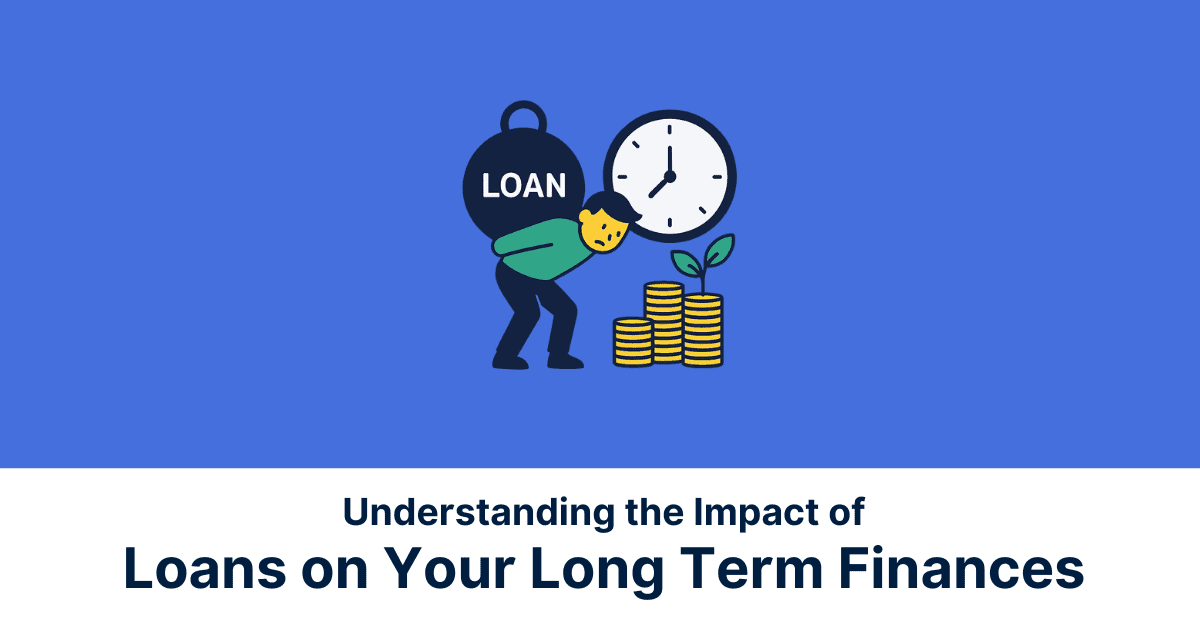Emotional spending is just what it sounds like, often described as retail therapy or emotional buying. It involves buying stuff on impulse when you feel stressed, anxious or sad. Stressed shoppers tend to spend more on things they see as needs. They might do this to feel in control when other parts of life seem chaotic.
Happy feelings can lead to overspending, too. According to a study by Web MD, 62% shoppers admit to making purchases as a way to lift their mood. When celebrating, you might ignore your budget and tell yourself you deserve to splurge. Either way, emotional spending can hurt your finances. Let’s read on to learn how to stop emotional spending and build healthier money habits.
The Psychology Behind Emotional Shopping
Stress and Anxiety Relief
When stress or anxiety builds up, many individuals turn to shopping as a quick fix to improve their mood. Emotional spending works like a temporary escape, offering instant gratification that distracts from deeper worries. This is because buying something new triggers the brain’s reward system, releasing dopamine, the “feel-good” chemical.
Unfortunately, the relief is short-lived, and once the novelty wears off, stress often returns, sometimes worsened by guilt over unnecessary spending. This cycle makes emotional shopping particularly dangerous for those under constant pressure. Breaking this habit requires healthier stress-management strategies rather than relying on impulsive financial decisions.
Boredom or Lack of Stimulation
Shopping often becomes an easy solution to boredom or the monotony of daily routines. When individuals feel unstimulated, browsing online or visiting a store offers excitement and novelty. The act of purchasing provides a sense of control and purpose, filling the void left by inactivity.
According to a Pitney Bowes BOXpoll survey, nearly half of Gen Zers (48%) admitted to shopping out of boredom, compared to 38% of Millennials. In contrast, only 27% of Gen X and 15% of Boomers said the same.
The satisfaction gained from such impulsive buying is fleeting, often resulting in regret or unused items. This cycle can create both financial strain and clutter eventually. Recognising boredom as a trigger is essential to replacing shopping with more fulfilling activities like hobbies, exercise, or meaningful social connections that genuinely sustain engagement.
Social Comparison and Peer Pressure
Humans are socially led by what is pushed around via media, they are influenced by social comparison, and spending is often shaped by this desire to “keep up.” Emotional shopping triggered by peer pressure usually arises when friends, colleagues, or social media portray certain lifestyles, brands, or trends as aspirational. Wanting to fit in or avoid feeling left out leads to purchases made for validation rather than necessity.
While such spending may momentarily boost confidence or social standing, it doesn’t address underlying insecurities. Instead, it creates financial and emotional strain slowly. Knowing these external influences helps individuals resist unhealthy spending habits and focus on personal financial priorities.
Reward Behaviour
Shopping is also tied to the psychology of self-reward. After a tough day, completing a big project, or reaching a milestone, many people treat themselves to purchases as recognition of effort. While rewarding oneself is natural, doing so with impulsive spending can become harmful if it turns into a default coping mechanism.
Emotional spenders may justify frequent splurges as deserved, but this ultimately undermines financial stability. Healthier reward alternatives like experiences, time with loved ones, or small indulgences within budget can provide the same sense of satisfaction without long-term consequences. Building discipline around rewards strengthens emotional and financial well-being.
3 Signs You Might Be an Emotional Spender
1. Regret after purchases
One of the clearest signs of emotional spending is experiencing regret or guilt after buying something. At the moment, the purchase feels exciting or comforting, but once the emotions settle, doubt creeps in. You might question whether you truly needed the item or realise the money could have been used more wisely.
This post-purchase guilt often signals that the buying decision was driven more by emotion than genuine necessity. Repeated regretful spending can lead to frustration, strained finances, and a cycle of shopping to cope with regret, ironically worsening the very feelings you were trying to escape.
2. Hiding spending from others
Emotional spenders often feel embarrassed about their shopping choices, leading them to hide receipts, downplay expenses, or even silence bank alerts. This secrecy stems from the fear of being judged or confronted about unnecessary purchases. For many, spending in secrecy creates an illusion of control: “If no one knows, it’s not harmful.”
But in reality, hiding purchases builds financial dishonesty, both with others and oneself. In the end, this lack of transparency strains trust in relationships and fuels internal shame. Recognising this behaviour is needed, as it highlights the difference between healthy shopping habits and purchases made to cover emotional voids.
3. Shopping as a go-to coping mechanism
Another red flag of emotional spending is using shopping as the first response to stress, sadness, or boredom. Instead of addressing the root cause, such as workplace stress or personal struggles, shopping becomes an emotional escape. The thrill of buying provides temporary relief, but it does not solve underlying issues. In fact, the habit reinforces avoidance patterns, where problems are pushed aside instead of tackled directly.
This reliance on spending weakens emotional resilience and damages financial stability. Identifying when shopping replaces healthier coping strategies, like exercise, journaling, or talking to someone, is crucial to breaking the emotional spending cycle.
How to Stop Emotional Spending
1. Identify triggers and keep a spending journal
Emotional spending or retail therapy becomes a problem when it keeps us from paying bills on time, pushes us to overspend, or even leads to hiding purchases and feeling guilty afterwards. When emotions start driving our money choices, they can derail us. Your gut can steer you wrong.
The first step in stopping emotional spending is awareness. By tracking both your purchases and the emotions that led to them, patterns begin to emerge. A spending journal helps you connect the dots between moods such as stress, boredom, or excitement and impulsive buying.
Noting how you felt before and after spending provides valuable insight into whether purchases satisfied a real need or simply masked emotions. As time goes by, this awareness weakens the automatic connection between feelings and spending, giving you the control to pause, reflect, and make more mindful decisions aligned with your goals rather than fleeting impulses.
2. Implement a 24-hour rule
A simple but powerful strategy is to delay non-essential purchases for 24 hours. This pause disrupts the emotional urgency often tied to spending. By giving yourself time, you separate the temporary high of “retail therapy” from genuine necessity. Often, the urge to buy fades once emotions settle, revealing that the item wasn’t truly needed.
The 24-hour rule builds discipline by slowing decision-making, reducing regret, and helping you prioritise long-term goals. Over time, it retrains your brain to respond thoughtfully rather than react impulsively, ensuring spending aligns with values rather than momentary feelings or social comparison.
3. Switch to cash or set app limits
Creating intentional friction in the buying process makes emotional spending harder. Using cash instead of digital payments increases awareness because handing over physical money feels more real than tapping a card. Likewise, setting daily or weekly limits on payment apps introduces boundaries that slow impulsive purchases.
Digital wallets and credit cards often detach us from the reality of money leaving our accounts, but cash or app restrictions restore this connection. These guardrails don’t just curb spontaneous buying; they build discipline and force reflection, ensuring every purchase is weighed against priorities, budgets, and long-term financial health.
4. Find non-monetary coping mechanisms
At its core, emotional spending often substitutes for healthier stress relief. To break the cycle, it’s crucial to replace buying with non-monetary coping strategies. Walking outdoors, journaling thoughts, exercising, or diving into creative hobbies can provide the same emotional release without draining finances. Unlike shopping, these alternatives offer lasting satisfaction and improve overall well-being.
Practising healthier outlets leads to you weakening the dependence on retail therapy as an emotional fix. As time passes, new habits become automatic, creating resilience in moments of stress or boredom. This shift ensures emotions are processed constructively while financial resources remain protected for genuine priorities.
How to Build Mindful Spending Habits Long Term
Mindful spending isn’t about never indulging; it’s about aligning purchases with values and long-term goals. To reduce emotional buying tendencies, begin with awareness: track expenses and reflect on what emotions drive unnecessary spending. Gradually replace the instant gratification of shopping with healthier coping strategies like exercise, journaling, or connecting with loved ones.
Behavioural change also requires structure. Goal-based budgeting helps channel money towards meaningful milestones, whether it’s building savings, travelling, or investing in education. Setting clear goals creates a sense of purpose, making it easier to resist impulsive purchases. This consistent practice builds discipline, financial resilience, and genuine satisfaction, helping spending feel intentional rather than emotional.
Conclusion
Understanding emotional spending is more than just a financial exercise; it’s an act of self-awareness and bringing corrective action to discipline oneself. By recognising the emotions that drive purchases, individuals can break free from unhealthy cycles and build habits that serve both their wallets and their well-being.
Managing emotional spending not only safeguards financial stability but also builds healthier mechanisms to manage stress, boredom, and pressure. When money choices align with true priorities and values, spending becomes intentional, empowering, and satisfying. Thus, learning to manage emotional buying is a step toward greater emotional resilience and long-term financial peace.
Take charge of your financial journey with Jify today. Access expert guidance that can help you optimise your financial habits for both short-term stability and long-term growth.
*Disclaimer:
The information contained herein is not intended to be a source of advice concerning the material presented, and the information contained in this article does not constitute financial advice. The ideas presented in the article should not be used without first assessing your financial situation or without consulting a financial professional.
